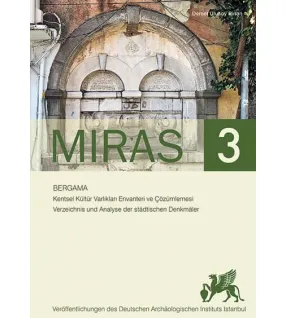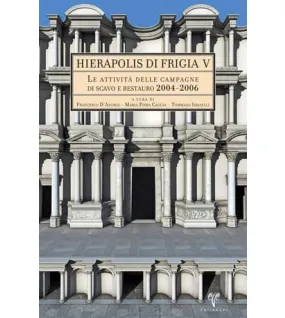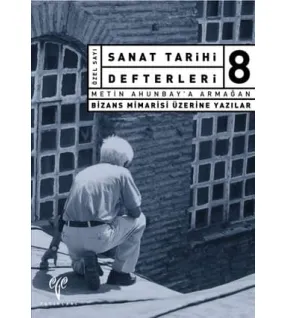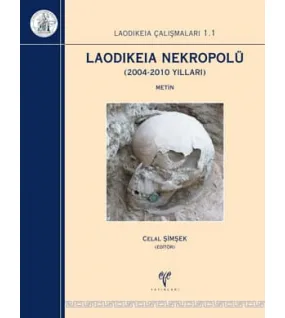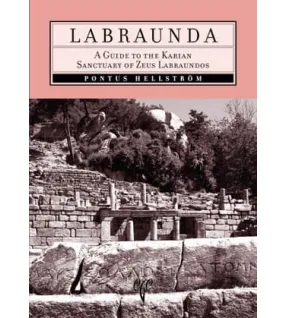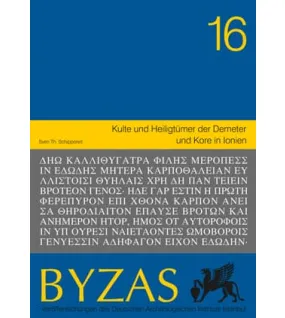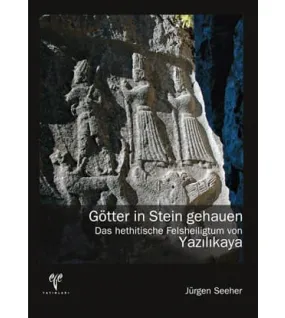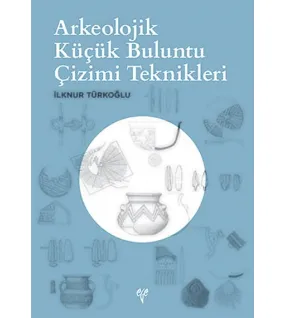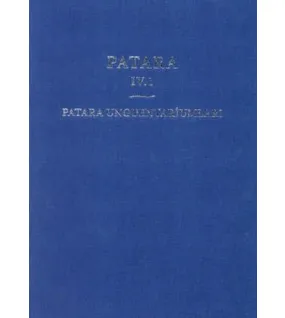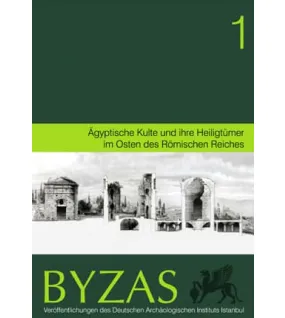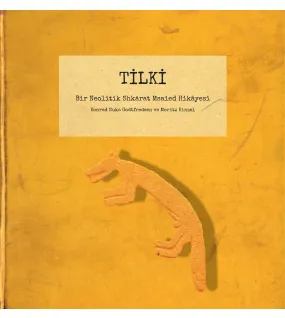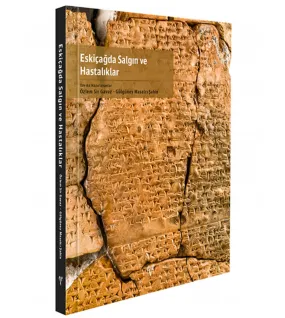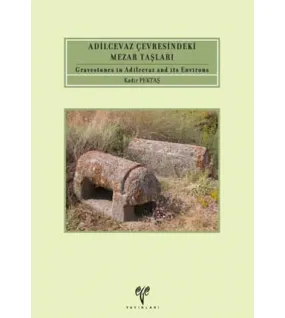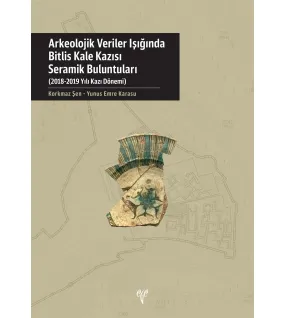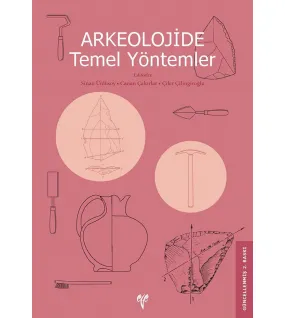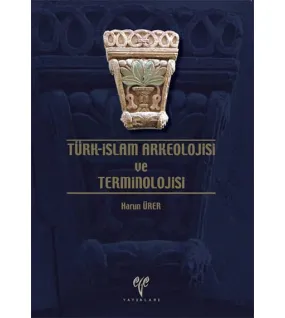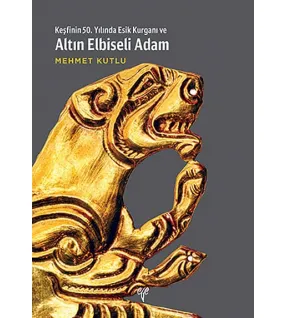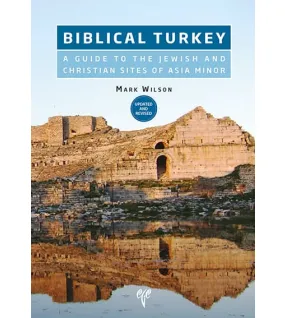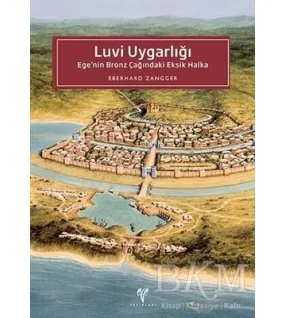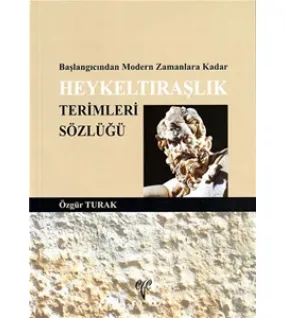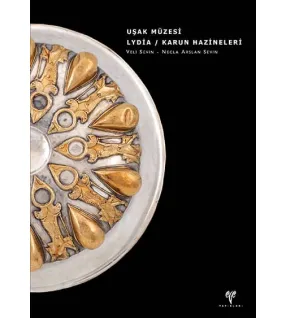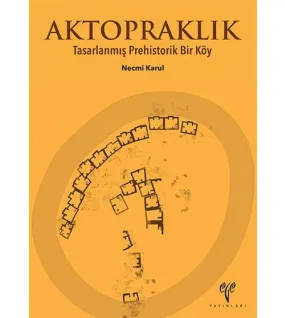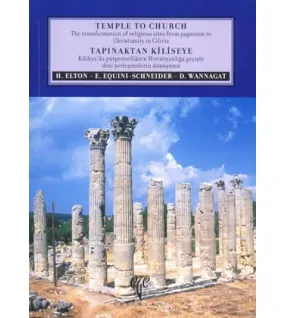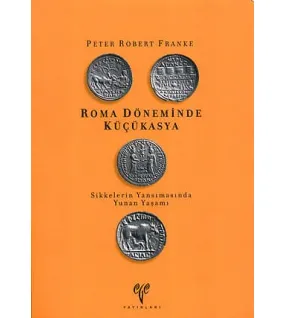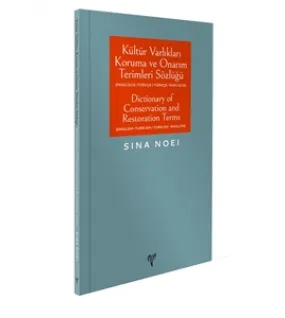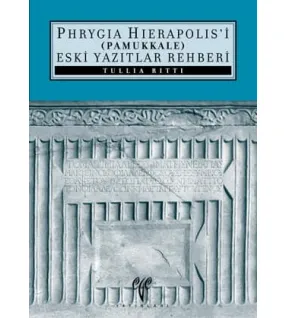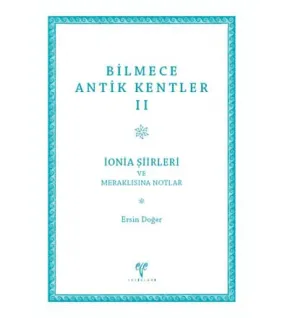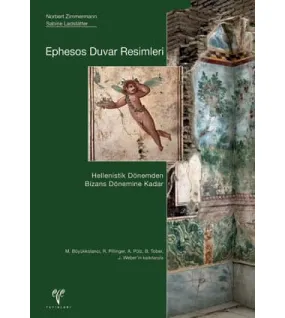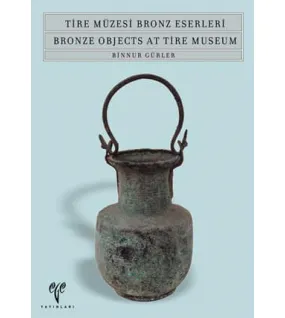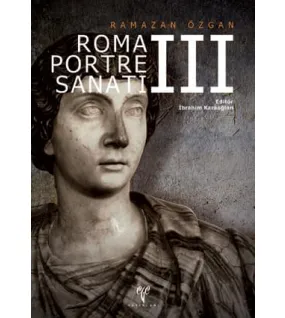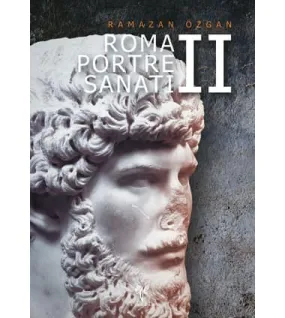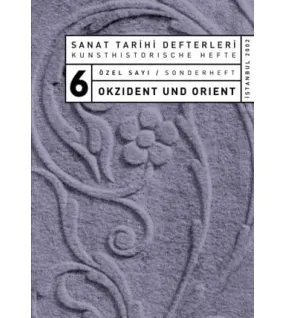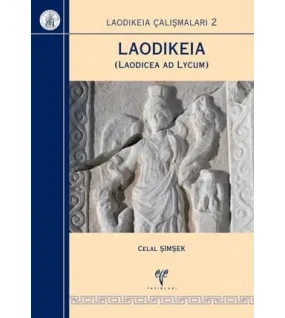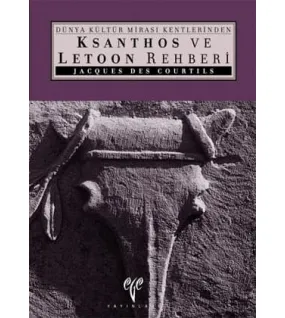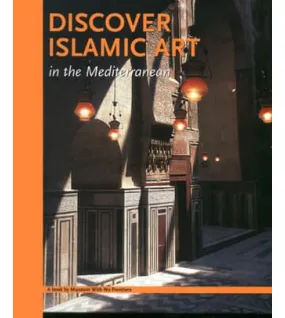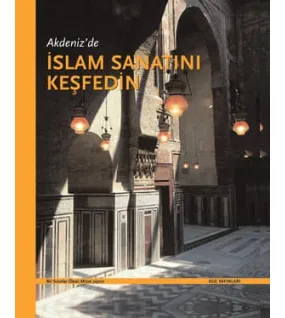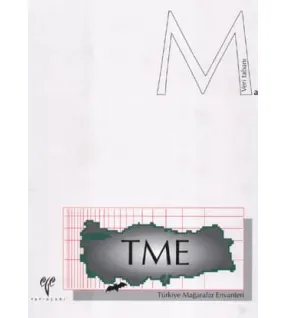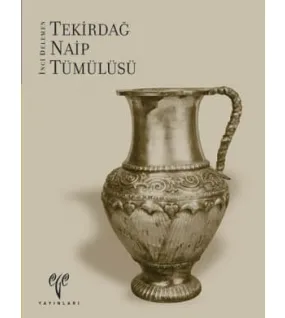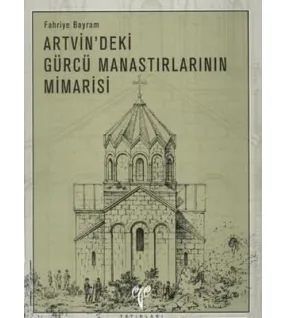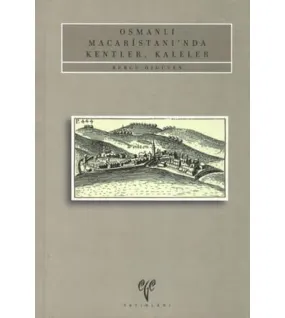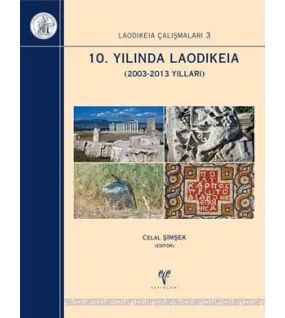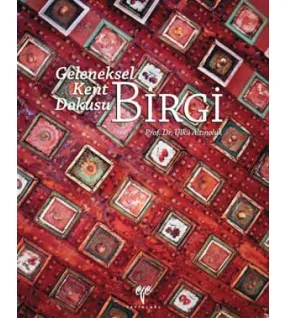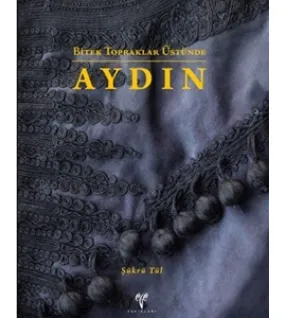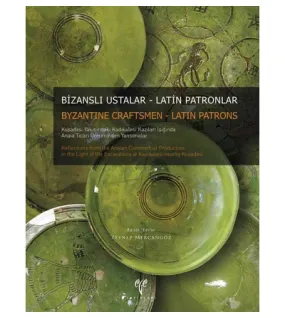
The aim of the archaeological guide to the territory of Hierapolis in Phrygia (Pamukkale) is to present the results of the research conducted by the Italian Archaeological Mission since 2005. This research has sought to reconstruct the pattern of settlement in this area from Prehistory to the Byzantine epoch and to draw an archaeological map. The investigated area includes the northern side of the valley of the river Lykos (the current Çürüksu), where Hierapolis was located, and the plateau of Uzunpınar, delimited to the north by the course of the river Maeander. The research has also covered part of the nearby plateau of Çal, which might have fallen within the territory administered by Hierapolis, at least during the mid-Imperial period. After presenting the main archaeological evidence regarding the period before the foundation of Hierapolis, chronologically corresponding to the period from the Bronze Age to the Phrygian epoch, the volume provides a detailed description of the organisation of the chora of Hierapolis from the Hellenistic to the Byzantine periods, including the extensive quarries (of marble, travertine, alabaster and polychromatic breccia), the aqueducts that supplied the city, the ancient road network, the sacred areas, and the farms and villages with their relative necropolises.
314 s, renkli figürler, İngilizce.
Introduction
The geomorphological context
History of studies and research
The territory of Hierapolis: topography and boundaries
Historic timeline of the territory of Hierapolis
Before Hierapolis
The hill of Höyük Tepe near Akköy (Laura Castrianni)
The settlement of Can Pınar (Uzunpınar (Laura Castrianni)
The tumulus of Alaburun
The chora of Hierapolis in the valley of the Lykos
The quarries
The marble quarries (Ilaria Miccoli)
The quarries of travertine and alabaster (Immacolata Ditaranto)
The quarries of polychromatic breccia (Giacomo Di Giacomo)
A relief in the rock face of a breccia and alabaster quarry
The aqueducts
The travertine channels
The road network
The bridge of Ahmetli
The funerary tumuli of Çukurbağ-Oküzini
The farms
The baths of Karahayıt
The temple of Develi
The settlements of the chora
Küçükdereköy
Kocagözler and Asar Tepe
Eymir
The monastery of Beyinli
The alabaster and marble quarries of Gölemezli
The cave of Ballık Dere
The plateau of Uzunpınar
Thiounta
The village of Boyallı
The village of Gavurdamıarkası Tepe
The sacred areas
Apollo Karios
The Motaleis and “Motala”
Minor settlements and farms
The necropolises and “isolated” tombs
The regular division of agricultural land in the northern sector
The road network
The bridge of Cindere
The plateau of Çal
The city of Mossyna
The villages of Salouda and Melokome
The village of Kagyetta
The village of Atyochorion
The sanctuary of Apollo Helios Lairbenós
The road network
Glossary
Bibliography
Graphic and photographic references
(Tanıtım bülteninden)
Arkeolojiye dair daha fazla içerik için Arkhe Arkeoloji Dergisi ve Arkhe Kitap bölümlerini ziyaret etmeyi unutmayın.
The Territory of Hierapolis in Phrygia
- Ürün Kodu: KP0393
The aim of the archaeological guide to the territory of Hierapolis in Phrygia (Pamukkale) is to present the results of the research conducted by the Italian Archaeological Mission since 2005. This research has sought to reconstruct the pattern of settlement in this area from Prehistory to the Byzantine epoch and to draw an archaeological map. The investigated area includes the northern side of the valley of the river Lykos (the current Çürüksu), where Hierapolis was located, and the plateau of Uzunpınar, delimited to the north by the course of the river Maeander. The research has also covered part of the nearby plateau of Çal, which might have fallen within the territory administered by Hierapolis, at least during the mid-Imperial period. After presenting the main archaeological evidence regarding the period before the foundation of Hierapolis, chronologically corresponding to the period from the Bronze Age to the Phrygian epoch, the volume provides a detailed description of the organisation of the chora of Hierapolis from the Hellenistic to the Byzantine periods, including the extensive quarries (of marble, travertine, alabaster and polychromatic breccia), the aqueducts that supplied the city, the ancient road network, the sacred areas, and the farms and villages with their relative necropolises.
314 s, renkli figürler, İngilizce.
Introduction
The geomorphological context
History of studies and research
The territory of Hierapolis: topography and boundaries
Historic timeline of the territory of Hierapolis
Before Hierapolis
The hill of Höyük Tepe near Akköy (Laura Castrianni)
The settlement of Can Pınar (Uzunpınar (Laura Castrianni)
The tumulus of Alaburun
The chora of Hierapolis in the valley of the Lykos
The quarries
The marble quarries (Ilaria Miccoli)
The quarries of travertine and alabaster (Immacolata Ditaranto)
The quarries of polychromatic breccia (Giacomo Di Giacomo)
A relief in the rock face of a breccia and alabaster quarry
The aqueducts
The travertine channels
The road network
The bridge of Ahmetli
The funerary tumuli of Çukurbağ-Oküzini
The farms
The baths of Karahayıt
The temple of Develi
The settlements of the chora
Küçükdereköy
Kocagözler and Asar Tepe
Eymir
The monastery of Beyinli
The alabaster and marble quarries of Gölemezli
The cave of Ballık Dere
The plateau of Uzunpınar
Thiounta
The village of Boyallı
The village of Gavurdamıarkası Tepe
The sacred areas
Apollo Karios
The Motaleis and “Motala”
Minor settlements and farms
The necropolises and “isolated” tombs
The regular division of agricultural land in the northern sector
The road network
The bridge of Cindere
The plateau of Çal
The city of Mossyna
The villages of Salouda and Melokome
The village of Kagyetta
The village of Atyochorion
The sanctuary of Apollo Helios Lairbenós
The road network
Glossary
Bibliography
Graphic and photographic references
(Tanıtım bülteninden)
Arkeolojiye dair daha fazla içerik için Arkhe Arkeoloji Dergisi ve Arkhe Kitap bölümlerini ziyaret etmeyi unutmayın.
- Marka: Ege Yayınları
- Görüntülenme Sayısı: 2246
- Stok Durumu: 5

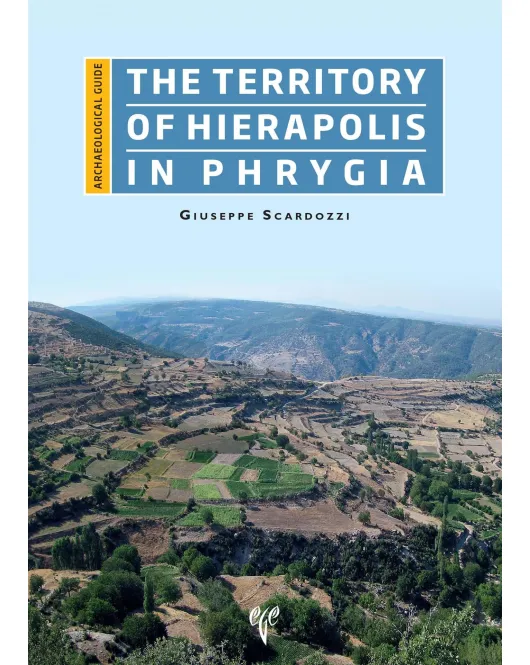

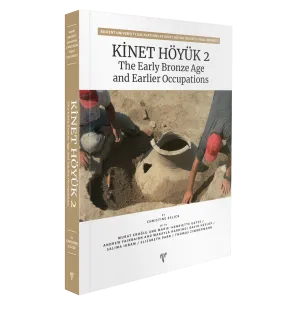
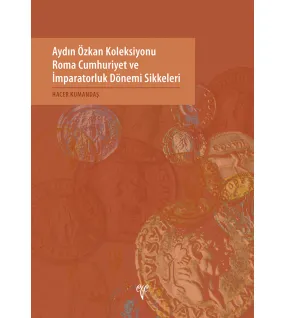
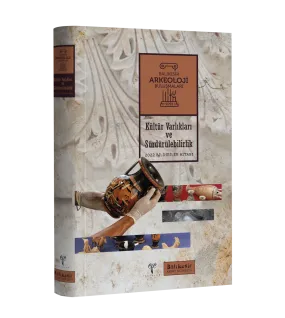
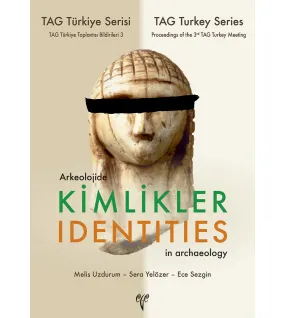
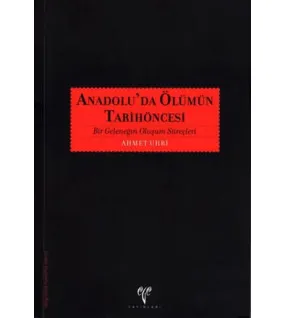
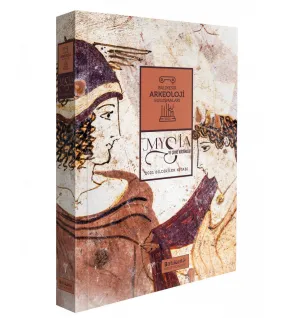
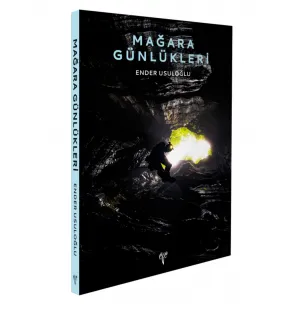
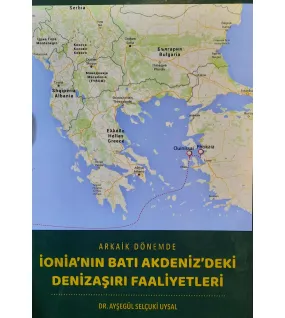
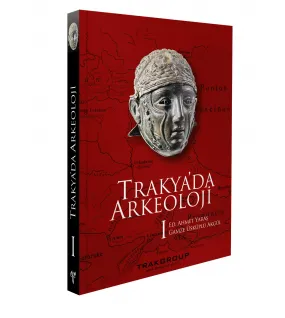
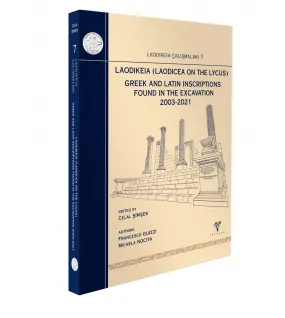
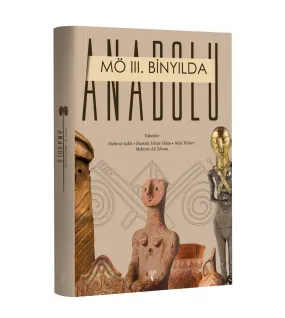
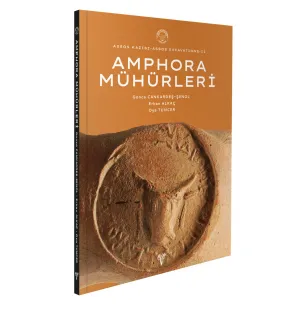
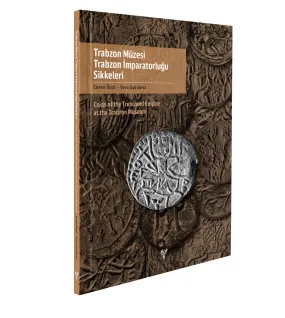
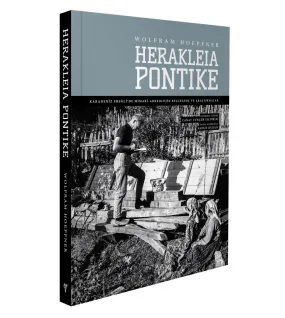
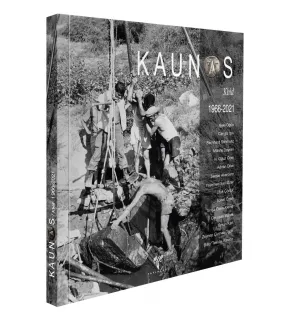
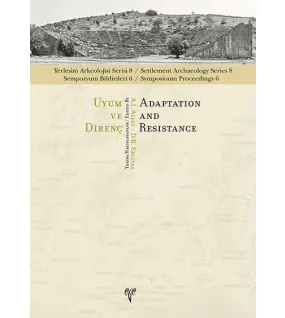
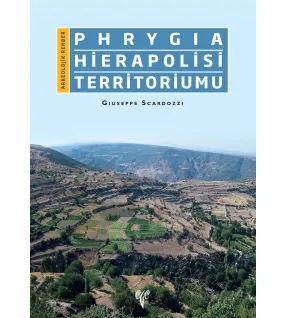
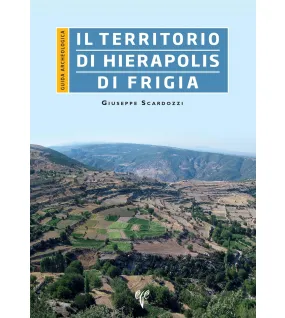
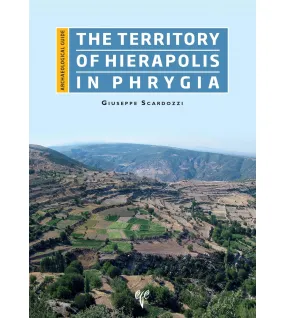
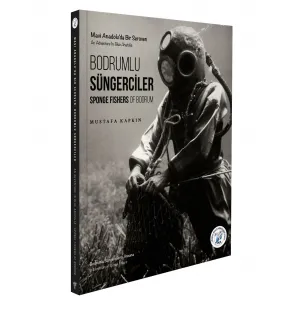
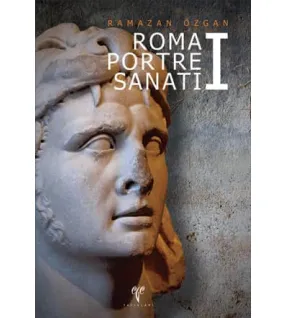
-285x318.webp)
